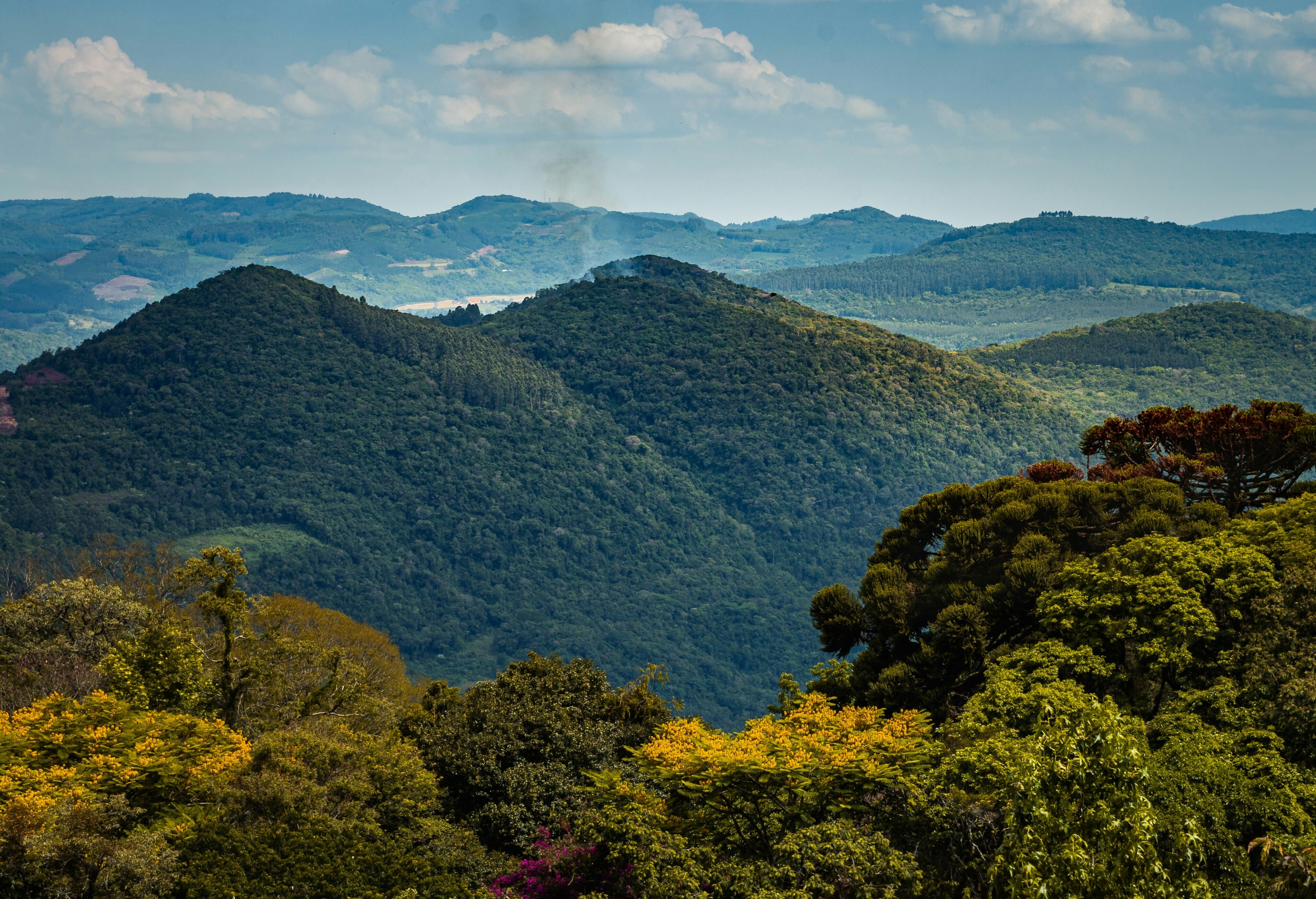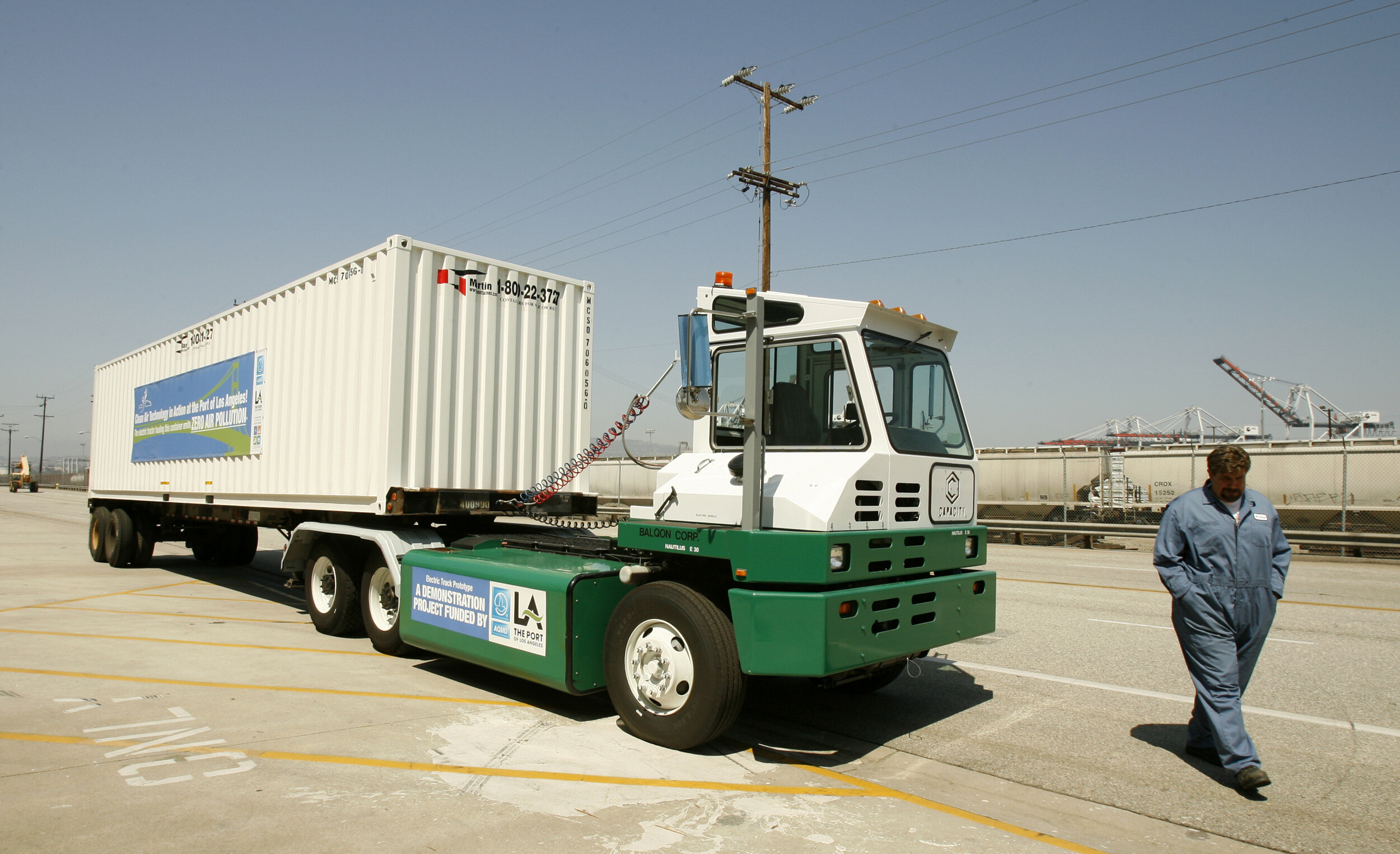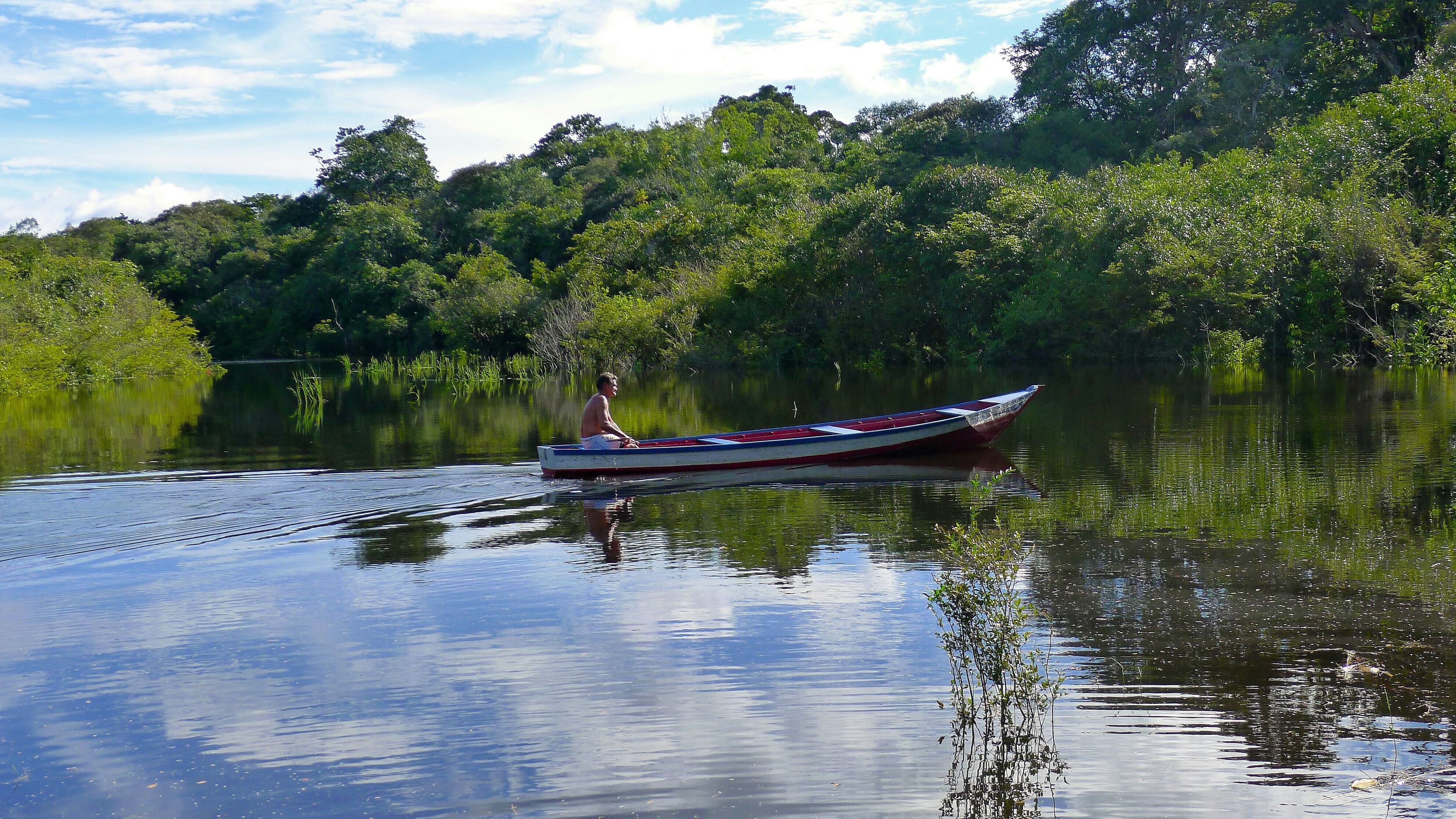Is India’s heatwave a freak event?

A heatwave over India that started on May 21 and has produced India’s highest recorded temperatures in two decades has claimed more than 2,000 lives and caused widespread devastation. It would be easy to dismiss this as a freak event, something so far out of the norm that there’s little chance of preparing for it. But this isn’t quite true. Even the most extreme events can be predicted – and prepared for.
I specialise in a statistical approach called extreme value theory which draws inferences about very rare events. Among other uses, it can be used to estimate the probability of a heatwave occurring.
Where most statistical methods are great at modelling average values – what temperature is it likely to be next week? – they tend to be poor at modelling the extremes (what is the highest temperature we’ll see this decade?). Our model instead focuses on extreme values themselves, in this case the hottest days of the year, which are the values that can cause the greatest devastation.
This also means we can figure out the rough probability of events larger and longer than any that have gone before. Just because we haven’t seen consecutive 40℃ days in the UK, or snow in the middle of the Sahara, doesn’t mean it can’t happen. Extreme value theory helps assess these probabilities.
We can use it to assess how likely the current heatwave is by analysing daily temperature maximums for Delhi over the years 1972-2013. Extreme value models can be used to estimate the temperature expected to be attained on average once a year (called the one-year return level). In Delhi the one-year return level is 45℃.
However, single hot days do not have a great impact on excess mortality. Consecutive runs of hot days are more dangerous since the human body is subjected to heat stress over many days without being given the chance to recover. Fortunately the same type of extreme value models can be used to estimate the probability of runs of consecutive days above a certain temperature.
During the current heatwave Delhi recorded seven consecutive days above 44℃. That’s an entire week above an exceptionally high temperature – such an event is expected to happen on average once every 30 years. However, care must be taken with such results since they are often subject to large uncertainty as they are based upon very few rare events in the observational record.
Blame El Niño?
An El Niño may make such heatwaves more likely. The El Niño is one of two opposing phases in the El Niño Southern Oscillation (ENSO), a large-scale fluctuation of sea surface temperatures in the equatorial Pacific. Right now a large El Niño (warmer waters) is currently building and will peak later this year. This generally means higher temperatures in India.
Could the current ENSO be contributing to the current heatwave event? Under current conditions, the probability of observing seven days above 44℃ in Delhi is slightly increased, with the event expected to happen on average once in every 25 years. But it is difficult to definitively say that El Niño is having an effect since this result is again subject to a great deal of uncertainty.
One important question for decision makers concerns whether heatwaves are going to become more likely under climate change. Answering this question becomes difficult since there are numerous sources of uncertainty – most obviously, we don’t even know exactly what “climate change” will entail.
For example, different scenarios are generated, most famously by the IPCC, that aim to predict how future emissions will evolve. For each particular scenario, different climate research centres run different models that produce different replications of each future scenario.
The most common way to account for uncertainty is to take an ensemble of many different climate models – yet even this can leave a big margin for error, especially when analysing rare events such as heatwaves.
Expect more heatwaves
In 2003 a month-long heatwave struck Europe, causing at least 20,000 deaths and possibly as many as 70,000. My colleagues and I have previously analysed this particularly hot summer to assess the effect of climate change on heatwaves. We wanted to understand whether such an event would become more likely under future climate change and whether the behaviour of heatwave events would change.
We found that generally temperatures would increase, an increase of 1℃ in global temperatures would lead to an increase of, at most, 2.6℃ in the one-year return level at Orleans in central France. However, despite the fact heatwaves like in 2003 are expected to become more likely, it is not expected that such events will tend to last longer.
Statistical approaches have great potential to help decision makers mitigate for devastating events such as the current Indian heatwave. By providing reliable estimates of how often they will occur better preparation measures can be undertaken which will reduce the number of deaths.
Looking to the future, the effect of climate change is the largest uncertainty. Further collaborative research between statisticians and climate scientists presents the best chance to understand the potentially devastating effects that climate change will have on all types of extreme event.
This article is published in collaboration with The Conversation. Publication does not imply endorsement of views by the World Economic Forum.
To keep up with the Agenda subscribe to our weekly newsletter.
Author: Hugo Winter is a research student in the Statistics of Meteorological Extremes at Lancaster University.
Image: A boy catches fish in a dried-up pond near the banks of the Ganges river Allahabad. REUTERS/Jitendra Prakash.
![]()
Don't miss any update on this topic
Create a free account and access your personalized content collection with our latest publications and analyses.
License and Republishing
World Economic Forum articles may be republished in accordance with the Creative Commons Attribution-NonCommercial-NoDerivatives 4.0 International Public License, and in accordance with our Terms of Use.
The views expressed in this article are those of the author alone and not the World Economic Forum.
Stay up to date:
Future of the Environment
Forum Stories newsletter
Bringing you weekly curated insights and analysis on the global issues that matter.
More on Climate Action and Waste Reduction See all
Laia Barbarà, Christin Martens and Nasim Pour
November 21, 2025







